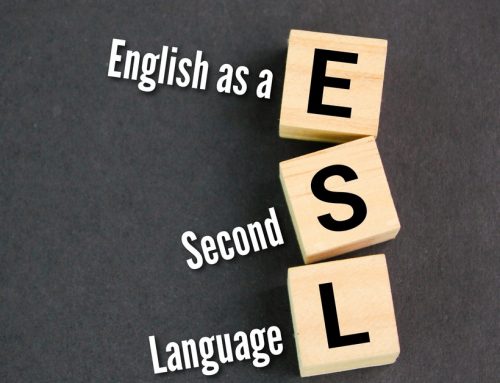When looking at job postings online, do you start to feel confused by all the information? Job postings often use many standard features but don’t always present them in the same way. In today’s blog, we want to look specifically at how to deconstruct a job posting description so you can quickly determine the key points and whether or not you might be suitable for the role.
What Do We Mean by “Deconstruct”?
First, let’s be totally clear on what we’re talking about when we say “deconstruct.” It’s a word people like to use, but not many are clear on its meaning. In this instance, we mean we want to take apart a job description and separate it into its base elements.
Imagine deconstructing a sandwich where you could see all the individual ingredients that make up the sandwich. That’s what we want to do with a job ad. What are the common parts they hold? How should you look at them? What you should be looking for, etc.
How to Deconstruct Job Postings: Step by Step
Step 1: Print Out the Job Posting
Printing a hard copy makes a job posting somewhat easier to read, and you’ll also be able to mark it up with highlighters. If you either don’t have access to a printer or would still prefer to keep the process paperless, you can copy and paste the info into a Word document or a Pages file for Mac users. Once you have it, you can start work on the next step.
Step 2: Identify the Main Roles
In one color, highlight the specific roles and responsibilities listed for this job. They should be stated near the top of the posting. There are typically 3-4 items listed, but there could be more. Keywords to look for include “responsibilities” and “duties.”
Step 3: Identify the Main Requirements
Once you’ve identified what the role is and what the employee has to do on a day-to-day basis, it’s time to identify the requirements for applicants. Look for any of the following things:
● Education requirements - keywords like BA, Bachelor’s degree, undergraduate degree, Master’s, diploma, etc.
● Work experience - keywords like relevant experience, related experience, familiarity with “x” environment
● Credentials and certifications - non-degree items like driver’s license, public speaking training, knowledge of computer programs like Photoshop or Excel, etc.
● Skills and abilities - foreign languages, communication skills, working as part of a team, problem-solving, mediation, technical skills, and more.
Step 4: Reorganize the Requirements
However they’re written into the job posting description, it’s a good idea to put all of the above information into a more standard format that you can quickly read and use to compare various job postings. For example, you could create a table or Excel sheet with separate columns for education, work experience, certification, and skill requirements.
The beauty of a standard format is that you can then quickly compare a dozen or more different jobs much more effectively because you’ll be able to see their pros and cons more clearly. In addition, tidying up the messy presentation of the job posting helps you think more clearly about each one.
Step 5: Compare the Criteria to Your Own Situation
The final step in deconstructing the job postings is to compare the tables you’ve created with your own. If you need more clarity, you can make a similar table where you list the above but pertaining just to yourself right now. From there, you can easily match yourself up to the other job postings and see which one or more might be a good fit.
What to Do Next
Deconstructing the job posting in this way will give you a much clearer picture of the job postings, what they’re offering you and how suitable they are according to how you work. The next thing to do will be to find the postings that fit your current situation and then prepare an application for them.
Don’t think you have to have a 100-percent match to be eligible for a job posting. In any job, there will be a learning curve where you have to go through training or learn about new things you’ve never done before to do it. The question is whether or not your current skills and qualifications are enough to get you through the door.
The easiest way to prioritize the job postings and applications is to simply find the ones that match your own qualifications the best, but here are some alternative ways of looking at them:
- Arrange by relevance to your studies – Job postings that are most closely related to your studies give you more chance to use what you have learned in the classroom and continue on your educational journey, learning as you work.
- Arrange by “challenge” factor – Jobs that are more challenging offer greater rewards professionally and often financially.
- Arrange by “boss” factor – Do you know about the boss in one particular company posting the job? If the boss in one place is very prominent and well-known, then working for them for a period of time could be extremely valuable to your long-term professional development.
The important thing with job posting descriptions is to be methodical. When you first look at them, it can take a lot of time, but you will get faster and more proficient at deconstructing and drawing out the crucial information the more you look at them. At CSI, we’re ready to get you prepared for your career. Contact us today to learn more.







